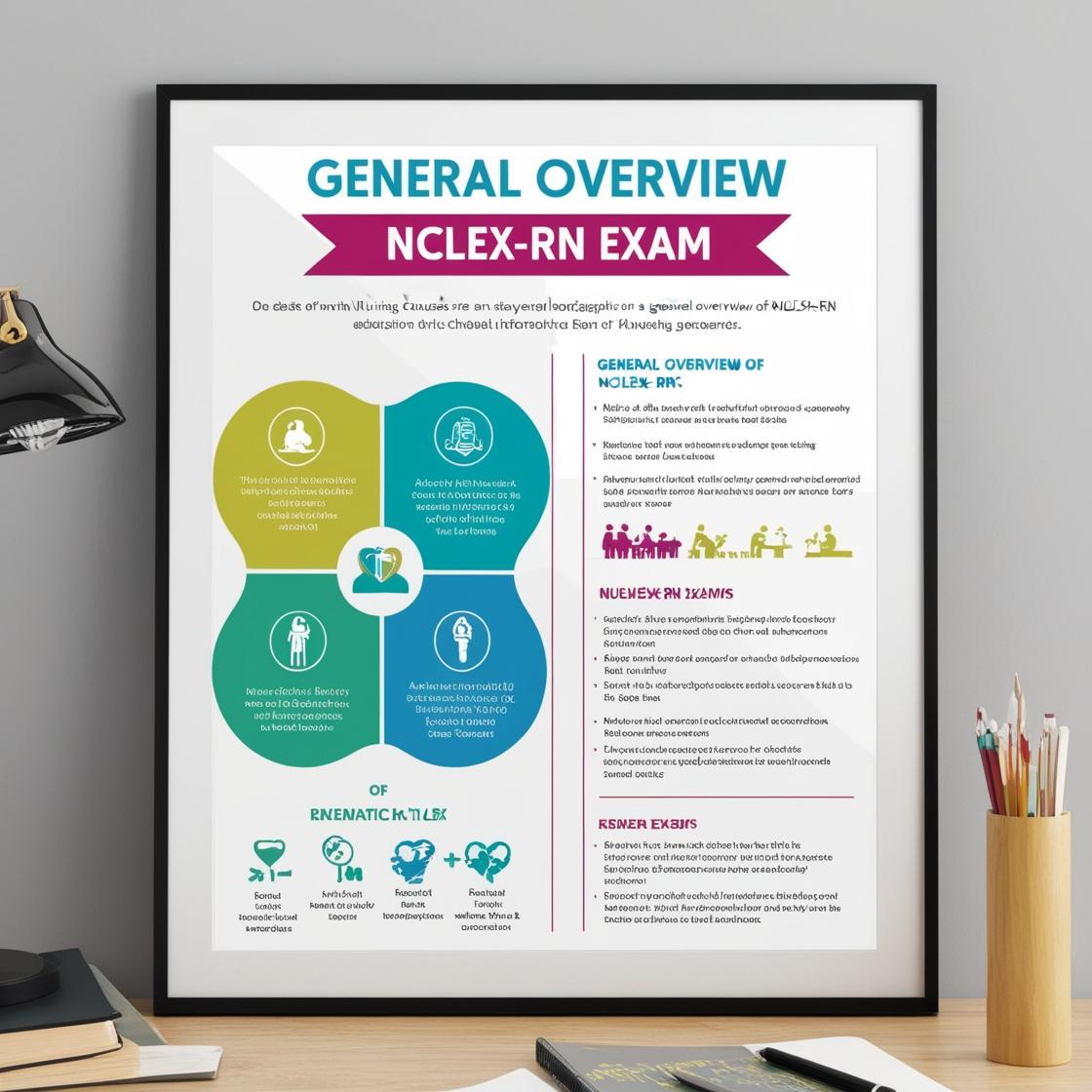NCLEX NCLEX-RN
NCLEX RN Practice Questions With Rationale
1. Which of the following nursing interventions is appropriate for a client suffering from a fever?
- A. Avoid withholding food from the client
- B. Increase the client's fluid intake
- C. Provide oxygen
- D. All answers are correct
Correct answer: B
Rationale: The appropriate nursing intervention for a client suffering from a fever is to increase the client's fluid intake. A fever can elevate the body's metabolism, leading to increased breathing and heart workload. This can result in fluid loss due to heightened respiration and sweating. Moreover, the augmented heart workload may necessitate more oxygen to maintain tissue perfusion. Providing oxygen and increasing fluid intake help meet the body's heightened demands during a fever. Withholding food from the client is inappropriate as proper nutrition is crucial for recovery, and providing oxygen alone may not address the fluid and metabolic demands associated with fever. Therefore, the correct choice is to increase the client's fluid intake.
2. What would a healthcare professional expect to observe while assessing the growth of children during their school-age years?
- A. Decreasing amounts of body fat and muscle mass
- B. Little change in body appearance from year to year
- C. Progressive height increase of 4 inches each year
- D. Yearly weight gain of about 5.5 pounds per year
Correct answer: D
Rationale: During school-age years, children typically gain about 5.5 pounds per year and increase in height by about 2 inches annually. This steady growth pattern is expected between ages 2 to 10 years. Choice A is incorrect as children at this stage are expected to gain weight and grow in height. Choice B is incorrect as there should be noticeable changes in body appearance due to growth. Choice C is incorrect as a progressive height increase of 4 inches each year is not typical during the school-age years.
3. At a community health fair, the blood pressure of a 62-year-old client is 160/96 mmHg. The client states, "My blood pressure is usually much lower."? The nurse should tell the client to:
- A. Go get a blood pressure check within the next 15 minutes
- B. Check blood pressure again in two (2) months
- C. See the healthcare provider immediately
- D. Visit the healthcare provider within one (1) week for a BP check
Correct answer: A
Rationale: The blood pressure reading of 160/96 mmHg is moderately high, indicating hypertension. Given that the client mentions their blood pressure is usually lower, there is concern for acute complications like a stroke. Therefore, an immediate reassessment of the blood pressure within the next 15 minutes is warranted to confirm the reading and take appropriate actions if necessary. Waiting for two months (Choice B) or a week (Choice D) could pose risks of delaying intervention. Seeing the healthcare provider immediately (Choice C) is a good option, but in this case, the urgency is not as high as to require immediate attention at the healthcare provider's office.
4. When teaching a client with coronary artery disease about nutrition, what should the nurse emphasize?
- A. Eating three balanced meals a day
- B. Adding complex carbohydrates
- C. Avoiding very heavy meals
- D. Limiting sodium intake to 7 g per day
Correct answer: C
Rationale: The correct answer is to emphasize avoiding very heavy meals. Eating large, heavy meals can divert blood away from the heart for digestion, potentially endangering clients with coronary artery disease. This practice may lead to an increased risk of plaque accumulation in the arteries, potentially obstructing the delivery of blood and oxygen to vital organs. Choices A, B, and D are incorrect. While eating three balanced meals a day, adding complex carbohydrates, and limiting sodium intake are generally good dietary practices, they are not the primary focus when teaching a client with coronary artery disease about nutrition. The emphasis should be on avoiding heavy meals that can strain the cardiovascular system.
5. The nurse is speaking at a community meeting about personal responsibility for health promotion. A participant asks about chiropractic treatment for illnesses. What should be the focus of the nurse's response?
- A. Electrical energy fields
- B. Spinal column manipulation
- C. Mind-body balance
- D. Exercise of joints
Correct answer: B
Rationale: The focus of the nurse's response should be on spinal column manipulation when discussing chiropractic treatment for illnesses. Chiropractic theory emphasizes that misalignment of the vertebrae can interfere with the transmission of mental impulses between the brain and body organs, leading to diseases. Manipulation is aimed at reducing such misalignments, known as subluxations. While mind-body balance and exercise of joints are important aspects of holistic health, in the context of chiropractic treatment, the key intervention is spinal column manipulation to address vertebral misalignments. Therefore, choices A, C, and D are incorrect as they do not directly address the primary focus of chiropractic treatment.

Access More Features
NCLEX RN Basic
$1/ 30 days
- 5,000 Questions with answers
- Comprehensive NCLEX coverage
- 30 days access
NCLEX RN Premium
$149.99/ 90 days
- 5,000 Questions with answers
- Comprehensive NCLEX coverage
- 90 days access
